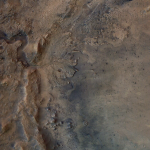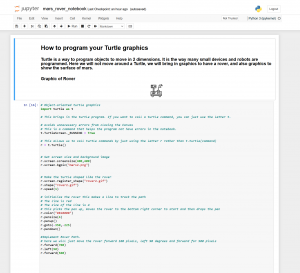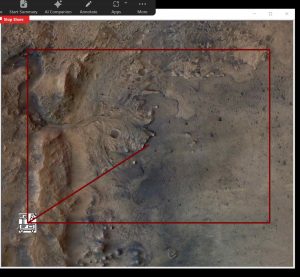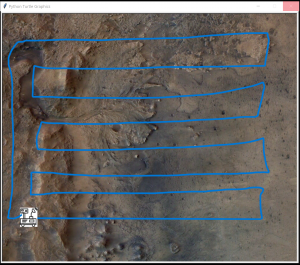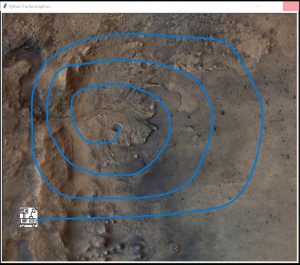Module 2: How do computers build intelligence?

Module 2 – High School
This module covers how computers are programmed to be intelligent, how sensors and data can make computers more intelligent, and how computers learn to be intelligent using data.
Part 1 – How are computers programmed to be intelligent?
Researchers and Scientists would like to make a computer think like a human brain. This is called Artificial General Intelligence (AGI). The human brain is incredibly complex – it can recognize patterns, learn new information, and make rational decisions. Scientists try to make computers intelligent by mimicking some of the ways the human brain works. Right now, it is not possible for a computer to think in all the ways that humans do. Computers we consider intelligent have Artificial Narrow Intelligence (ANI), which means they are generally very good at one job or way of thinking.
One way to make computers intelligent by programming is by giving computers data and rules about how to understand that data. For example, a computer may be given thousands of photos of cars. It analyzes the photos for patterns about what makes up a car – wheels, windows, headlights. Using this data, it builds a model in its programming to recognize cars in new photos.
Another way is machine learning. The computer is given a task like playing a game. Its programming allows it to analyze data from each play, learn from its mistakes, and try different strategies. By playing over and over, the computer builds knowledge to play better.
Natural language processing also trains computers to understand and generate human language. Scientists feed the computer massive texts and conversations to analyze the patterns. This allows the computer to translate languages, answer questions, and even chat!
While computers can be very intelligent at specific tasks, they don’t have true human intelligence. A computer programmed to play chess cannot suddenly decide to play checkers. It only knows what it is programmed to do. The brain uses intuition, emotion, and reasoning in ways that technology cannot replicate. Still, advanced programming enables computers to be incredibly helpful in our lives!
What are Algorithms and Programs?
An algorithm is like a set of step-by-step instructions that a computer follows to accomplish a task. It’s kind of like a recipe that a computer uses to solve a problem or do calculations.
For example, let’s think about the steps to make a peanut butter and jelly sandwich:
- Get out two slices of bread, a knife, peanut butter, and jelly
- Open the peanut butter jar and jelly jar
- Use the knife to spread peanut butter on one slice of bread
- Use the knife to spread jelly on the other slice of bread
- Put the two slices of bread together so the peanut butter and jelly touch each other
Those were the algorithms – the specific instructions – for making a peanut butter and jelly sandwich. Computers use algorithms for everything they do, even more complex tasks like delivering web pages, processing video, or playing chess.
The program is the “book of instructions,” or the recipes or instructions that the computer needs to do all kinds of tasks.
Programmers write out algorithms using programming languages like Python and Java that a computer can understand. The computer follows the program code line-by-line, just like following a recipe. Changing the algorithm allows programmers to get computers to do all kinds of useful things!
Example of how programming can make something intelligent
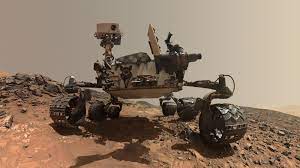
Algorithms are In 2020, NASA held a contest for humans to help improve the intelligence of the Mars Rover. The Mars Rover has 19 cameras to help it “see” on Mars and not run into debris or fall off cliffs. Read this article from NASA on the project.
Now answer these questions for Part 1, which you upload for your Part 1 work.
How does programming build intelligence?
Part 2 – Can Algorithms be Intelligent?
Other applications of Intelligent AI Computers
Now, answer these questions for part 2, which you upload for your Part 2 work.
Can Algorithms be Intelligent
Part 3 – Programming an Intelligent Mars Rover using Python
Video on How to program the turtle using Anaconda by Dr. R
Dropbox/Google Drive with the files.


